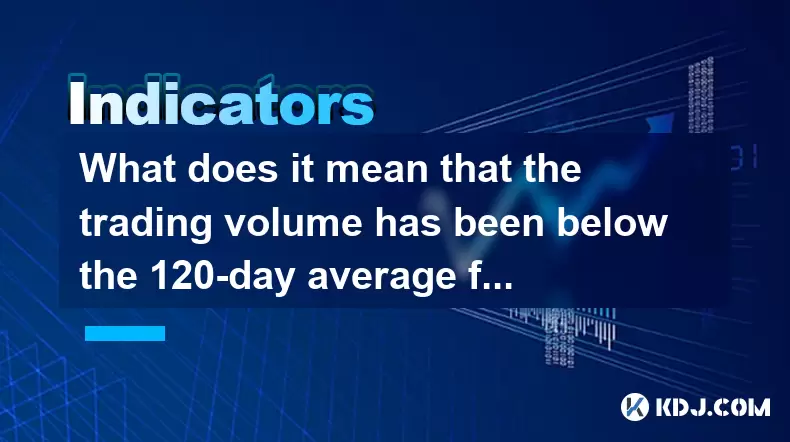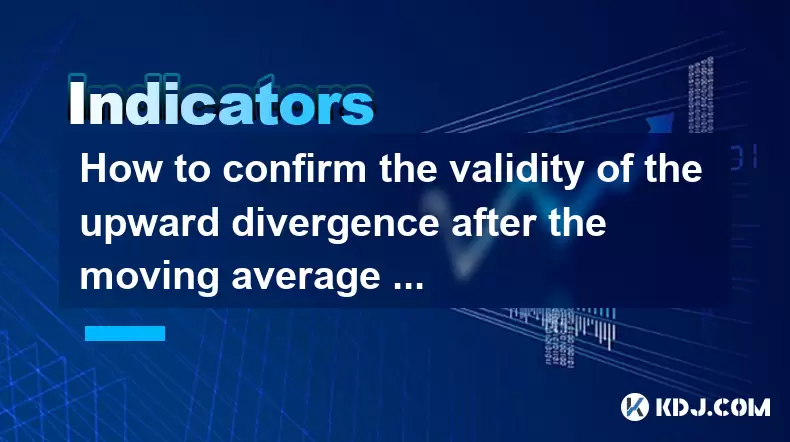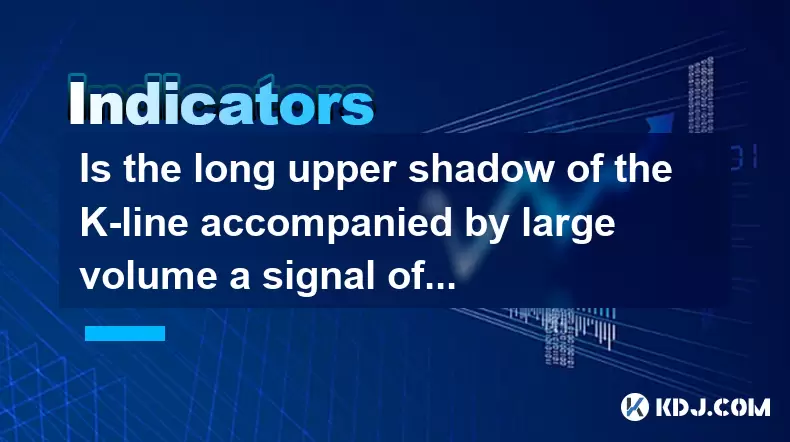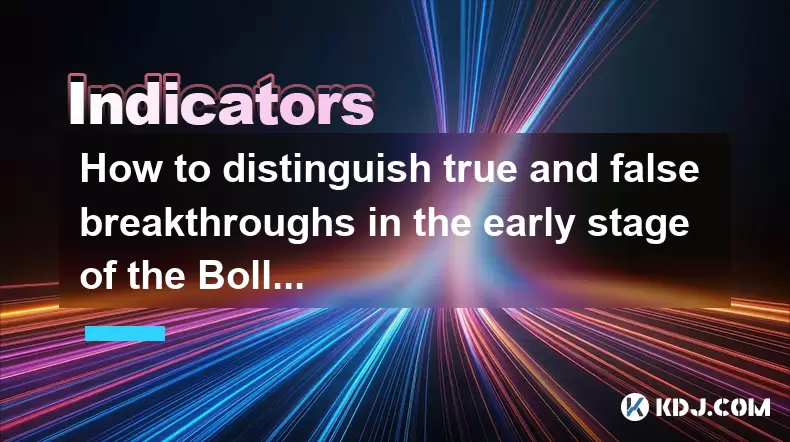-
 Bitcoin
Bitcoin $106,754.6083
1.33% -
 Ethereum
Ethereum $2,625.8249
3.80% -
 Tether USDt
Tether USDt $1.0001
-0.03% -
 XRP
XRP $2.1891
1.67% -
 BNB
BNB $654.5220
0.66% -
 Solana
Solana $156.9428
7.28% -
 USDC
USDC $0.9998
0.00% -
 Dogecoin
Dogecoin $0.1780
1.14% -
 TRON
TRON $0.2706
-0.16% -
 Cardano
Cardano $0.6470
2.77% -
 Hyperliquid
Hyperliquid $44.6467
10.24% -
 Sui
Sui $3.1128
3.86% -
 Bitcoin Cash
Bitcoin Cash $455.7646
3.00% -
 Chainlink
Chainlink $13.6858
4.08% -
 UNUS SED LEO
UNUS SED LEO $9.2682
0.21% -
 Avalanche
Avalanche $19.7433
3.79% -
 Stellar
Stellar $0.2616
1.64% -
 Toncoin
Toncoin $3.0222
2.19% -
 Shiba Inu
Shiba Inu $0.0...01220
1.49% -
 Hedera
Hedera $0.1580
2.75% -
 Litecoin
Litecoin $87.4964
2.29% -
 Polkadot
Polkadot $3.8958
3.05% -
 Ethena USDe
Ethena USDe $1.0000
-0.04% -
 Monero
Monero $317.2263
0.26% -
 Bitget Token
Bitget Token $4.5985
1.68% -
 Dai
Dai $0.9999
0.00% -
 Pepe
Pepe $0.0...01140
2.44% -
 Uniswap
Uniswap $7.6065
5.29% -
 Pi
Pi $0.6042
-2.00% -
 Aave
Aave $289.6343
6.02%
What does it mean that the trading volume has been below the 120-day average for 10 consecutive days?
A sustained trading volume below the 120-day average for ten days often signals market indecision, potentially preceding a breakout or breakdown once volatility returns.
Jun 18, 2025 at 07:21 pm

Understanding the 120-Day Average Trading Volume
The 120-day average trading volume is a technical indicator that calculates the mean number of shares or contracts traded over the past 120 days. It serves as a benchmark to assess whether the current trading activity is above or below the historical norm. When analysts refer to this metric, they are essentially comparing today's trading volume against a long-term average, which helps in identifying unusual patterns or market behavior.
Traders and investors often use this metric to gauge liquidity, interest, and potential price movements. A consistently high volume above the 120-day average could indicate strong buying or selling pressure, while a volume below average might suggest waning interest or consolidation phases.
What Happens When Volume Falls Below the 120-Day Average for Ten Days?
When trading volume remains below the 120-day average for ten consecutive days, it signals a prolonged period of low participation from traders and investors. This condition typically reflects a lack of conviction in the current price direction, either bullish or bearish. During such times, markets may experience sideways movement or reduced volatility.
- Market participants may be waiting for significant news or economic data before making large moves.
- In cryptocurrency markets, this can also imply that whales or large holders are not actively moving their positions.
- Technical traders might interpret this as a sign of potential breakout or breakdown once volume returns.
This pattern is commonly observed before major price swings, as low volume periods are often followed by sharp increases in volatility when new information enters the market.
How to Identify This Condition on a Chart
To determine if the volume has been below the 120-day average for ten straight days, you need to overlay the 120-day moving average of volume on your charting platform. Most platforms like TradingView, Binance’s native tools, or CoinMarketCap Pro offer this feature.
- Open your preferred charting tool and select the asset you’re analyzing.
- Locate the volume section at the bottom of the price chart.
- Apply a 120-day simple moving average (SMA) to the volume bars.
- Visually inspect whether the volume bars have remained under the SMA line for at least ten days.
Some advanced platforms allow users to create custom alerts that trigger when volume crosses above or below specific thresholds, including moving averages.
Implications in Cryptocurrency Markets
In the context of cryptocurrencies, where volatility is a defining characteristic, extended low-volume periods can carry unique implications. Since crypto markets operate 24/7, any sustained deviation from average volume levels is worth noting.
- Low volume could indicate profit-taking after a rally or capitulation during a downtrend.
- It might also reflect broader market uncertainty, such as regulatory developments or macroeconomic concerns.
- Seasonality factors, such as summer doldrums or holiday seasons, can also contribute to lower-than-average volume.
Cryptocurrency traders should cross-reference this volume signal with other indicators like RSI, MACD, or order book depth to avoid false signals or premature entries.
Historical Examples and Case Studies
There have been several instances in the crypto space where major moves followed prolonged low-volume periods. For example:
- In early 2021, Bitcoin experienced a multi-week consolidation phase with volume consistently below the 120-day average before surging past $60,000.
- Ethereum saw similar patterns ahead of its bull run in late 2020, where volume picked up only after an extended quiet period.
- Altcoins like Cardano and Solana have shown increased volatility following weeks of subdued volume.
These examples highlight how institutional and retail traders tend to accumulate or distribute positions quietly before initiating a directional move.
Frequently Asked Questions
Q: Can low volume always predict a breakout?
A: No, low volume does not guarantee a breakout. While it often precedes one, markets can remain in low-volume ranges for extended periods without significant price movement. Always confirm with additional technical indicators.
Q: Is there a difference between spot volume and futures volume in this context?
A: Yes, spot volume refers to actual trades on exchanges, while futures volume includes leveraged positions. Low spot volume with rising futures volume may indicate speculative positioning rather than real demand.
Q: How does exchange data affect the accuracy of volume readings?
A: Some exchanges report inflated or manipulated volume figures. Use trusted sources like CoinGecko or CoinMarketCap that verify exchange data to ensure accurate analysis.
Q: Should I trade based solely on volume trends?
A: It’s not advisable. Volume should be used alongside price action and other indicators to form a well-rounded trading strategy.
Disclaimer:info@kdj.com
The information provided is not trading advice. kdj.com does not assume any responsibility for any investments made based on the information provided in this article. Cryptocurrencies are highly volatile and it is highly recommended that you invest with caution after thorough research!
If you believe that the content used on this website infringes your copyright, please contact us immediately (info@kdj.com) and we will delete it promptly.
- Staked Ether, Corporate Crypto, and Finance Adoption: A New York Minute
- 2025-06-21 02:45:13
- Pendle, DeFi, and the SEC: A New York Minute on Crypto's Crossroads
- 2025-06-21 02:25:13
- Reddit, Worldcoin, and Iris Scanning: A New Era of User Verification?
- 2025-06-21 02:45:13
- Investor Funds, Bitcoin, and Buying Tricks: Navigating the Crypto Landscape
- 2025-06-21 02:50:12
- TikTok, Trump, and a $300 Million Crypto Bribe? What's the Deal?
- 2025-06-21 03:10:57
- Pi Network's Open Mainnet: Hype or Hope for a Decentralized Future?
- 2025-06-21 03:25:12
Related knowledge

Does the sudden contraction of ATR indicate the end of the trend?
Jun 20,2025 at 11:14pm
Understanding ATR and Its Role in Technical AnalysisThe Average True Range (ATR) is a technical indicator used to measure market volatility. Developed by J. Welles Wilder, ATR calculates the average range of price movement over a specified period, typically 14 periods. It does not indicate direction—only volatility. Traders use ATR to gauge how much an ...

Is the trend continuation when the Williams indicator is oversold but there is no rebound?
Jun 20,2025 at 11:42pm
Understanding the Williams %R IndicatorThe Williams %R indicator, also known as the Williams Percent Range, is a momentum oscillator used in technical analysis to identify overbought and oversold levels in price movements. It typically ranges from 0 to -100, where values above -20 are considered overbought and values below -80 are considered oversold. T...

Is the golden cross of the ROC indicator below the zero axis effective?
Jun 20,2025 at 09:42pm
Understanding the ROC Indicator and Its Role in Cryptocurrency TradingThe Rate of Change (ROC) indicator is a momentum oscillator widely used by traders to assess the speed at which cryptocurrency prices are changing. It measures the percentage difference between the current price and the price from a certain number of periods ago. The ROC helps identif...

How to confirm the validity of the upward divergence after the moving average sticks together?
Jun 21,2025 at 01:36am
Understanding the Basics of Moving Averages and DivergenceIn technical analysis, moving averages are crucial tools used to smooth out price data over a specified time period. When multiple moving averages converge or 'stick together,' it often indicates a consolidation phase in the market. This phenomenon can be a precursor to significant price movement...

Is the long upper shadow of the K-line accompanied by large volume a signal of peaking?
Jun 21,2025 at 12:28am
Understanding the Long Upper Shadow K-LineThe long upper shadow of a K-line is a common candlestick pattern that often appears during price action analysis. It consists of a small real body with a long upper wick, indicating that the price rose significantly during the period but was ultimately rejected and closed lower than its high. This pattern can s...

How to distinguish true and false breakthroughs in the early stage of the Bollinger Band opening?
Jun 20,2025 at 10:35pm
Understanding the Bollinger Band StructureBollinger Bands consist of three lines: a simple moving average (SMA) in the middle, and two outer bands that are standard deviations away from the SMA. These bands expand and contract based on market volatility. When the bands begin to widen, it often signals an increase in price volatility, which traders inter...

Does the sudden contraction of ATR indicate the end of the trend?
Jun 20,2025 at 11:14pm
Understanding ATR and Its Role in Technical AnalysisThe Average True Range (ATR) is a technical indicator used to measure market volatility. Developed by J. Welles Wilder, ATR calculates the average range of price movement over a specified period, typically 14 periods. It does not indicate direction—only volatility. Traders use ATR to gauge how much an ...

Is the trend continuation when the Williams indicator is oversold but there is no rebound?
Jun 20,2025 at 11:42pm
Understanding the Williams %R IndicatorThe Williams %R indicator, also known as the Williams Percent Range, is a momentum oscillator used in technical analysis to identify overbought and oversold levels in price movements. It typically ranges from 0 to -100, where values above -20 are considered overbought and values below -80 are considered oversold. T...

Is the golden cross of the ROC indicator below the zero axis effective?
Jun 20,2025 at 09:42pm
Understanding the ROC Indicator and Its Role in Cryptocurrency TradingThe Rate of Change (ROC) indicator is a momentum oscillator widely used by traders to assess the speed at which cryptocurrency prices are changing. It measures the percentage difference between the current price and the price from a certain number of periods ago. The ROC helps identif...

How to confirm the validity of the upward divergence after the moving average sticks together?
Jun 21,2025 at 01:36am
Understanding the Basics of Moving Averages and DivergenceIn technical analysis, moving averages are crucial tools used to smooth out price data over a specified time period. When multiple moving averages converge or 'stick together,' it often indicates a consolidation phase in the market. This phenomenon can be a precursor to significant price movement...

Is the long upper shadow of the K-line accompanied by large volume a signal of peaking?
Jun 21,2025 at 12:28am
Understanding the Long Upper Shadow K-LineThe long upper shadow of a K-line is a common candlestick pattern that often appears during price action analysis. It consists of a small real body with a long upper wick, indicating that the price rose significantly during the period but was ultimately rejected and closed lower than its high. This pattern can s...

How to distinguish true and false breakthroughs in the early stage of the Bollinger Band opening?
Jun 20,2025 at 10:35pm
Understanding the Bollinger Band StructureBollinger Bands consist of three lines: a simple moving average (SMA) in the middle, and two outer bands that are standard deviations away from the SMA. These bands expand and contract based on market volatility. When the bands begin to widen, it often signals an increase in price volatility, which traders inter...
See all articles

























































































